
Relation and FunctionsQuestion and Answers: Page 4
Question Number 174960 Answers: 1 Comments: 0
Question Number 174938 Answers: 0 Comments: 0
Question Number 174570 Answers: 1 Comments: 1
Question Number 174469 Answers: 1 Comments: 0
Question Number 174373 Answers: 0 Comments: 1
Question Number 173678 Answers: 3 Comments: 0
Question Number 173132 Answers: 0 Comments: 5
Question Number 173007 Answers: 0 Comments: 1
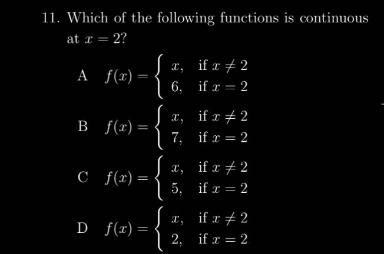
Question Number 171955 Answers: 2 Comments: 0
Question Number 171546 Answers: 0 Comments: 1
Question Number 171484 Answers: 3 Comments: 1
Question Number 171435 Answers: 1 Comments: 7
Question Number 170473 Answers: 0 Comments: 0
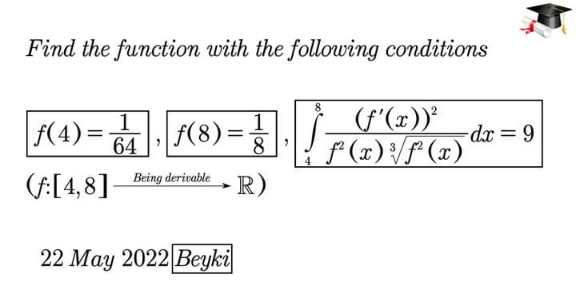
Question Number 169987 Answers: 1 Comments: 0
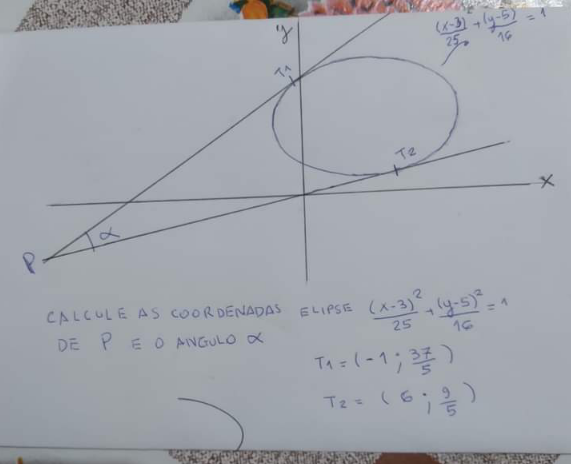
Question Number 169932 Answers: 0 Comments: 0
Question Number 169922 Answers: 1 Comments: 0
Question Number 168800 Answers: 0 Comments: 1
Question Number 167819 Answers: 0 Comments: 0
Question Number 167003 Answers: 1 Comments: 0
Question Number 165870 Answers: 1 Comments: 0
Question Number 165848 Answers: 1 Comments: 0
Question Number 165160 Answers: 1 Comments: 0
Question Number 164874 Answers: 1 Comments: 0
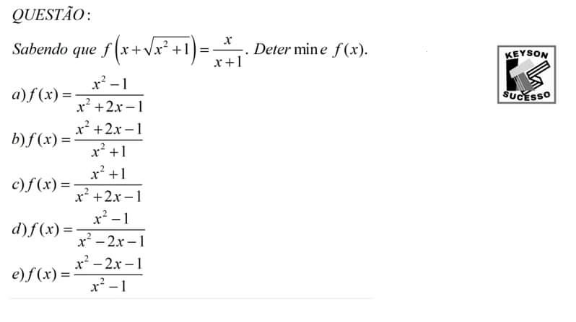
Question Number 164770 Answers: 2 Comments: 0
Question Number 164176 Answers: 2 Comments: 0
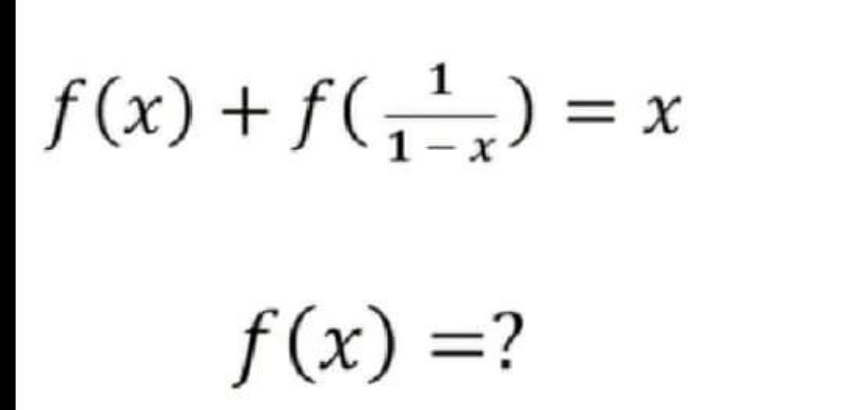
Question Number 163720 Answers: 1 Comments: 0
